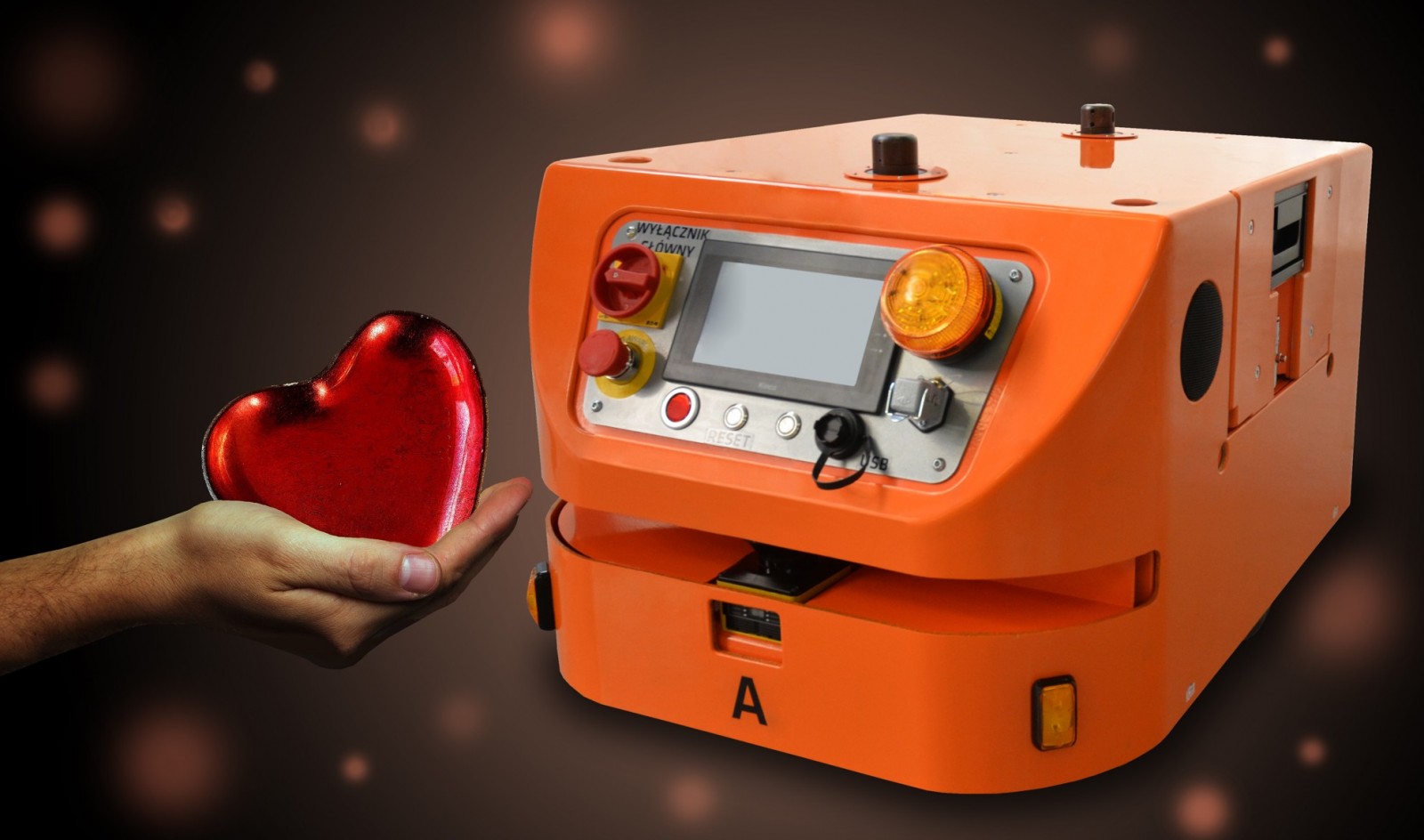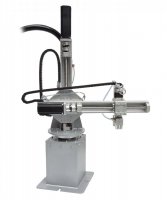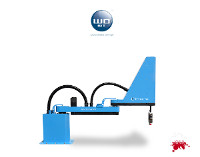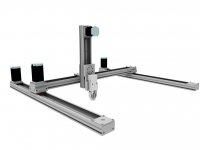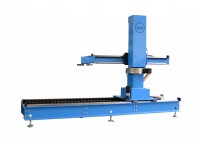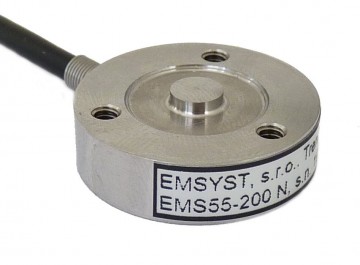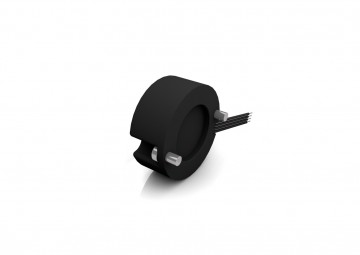Somewhere in the laboratory in the twentieth century, the first spark moved over the human rasa, igniting the turbulent history of industrial robots. This unique history of love for technology is full of swirling and groundbreaking discoveries. There is also a shortage of Polish tombs, and WObit has been writing the card for several years.
A few words about our history
The WObit company was founded with passion for automation, its creator - Witold Ober wanted to share his knowledge and through the products he delivered helped Polish companies and the people who work in them. Thanks to this, they have been popularized, among others stepper motors or measuring devices. However, automation through ready-made components was too small to ensure competitiveness for enterprises. That is why WObit began to create its own devices, and over time their ever-larger group began to be industrial robots.
Why are you really an industrialist?
Because of people. We want the life of both the owners of companies and employees to be better and easier. This can be achieved with the help of industrial robots, as they are one of the most effective tools for enhancing the competitiveness of enterprises. Long-term robots allow you to reduce production costs thanks to the optimal use of resources. Increase efficiency , as they ensure reliability and production efficiency. Robotization allows you to increase repeatability and quality , to obtain stable parameters of manufactured products.
It is also a great tool for supporting people in difficult conditions , for example in environments that are unfavorable temperature or pollination. Job automation also allows you to solve an increasingly common staff shortage problem. Many production companies, especially those located away from major cities, are struggling to acquire qualified employees.
In our opinion, industry robotization has a positive impact on the labor market. First, allowing companies to develop and secondly creating new, specialized jobs. It undoubtedly contributes to the development and change of the labor market, as stimulates the formation of completely new professions with a different scope of duties. This forces employees to self-develop and improve their qualifications.
What robots do we create?
We want to support people in a variety of, often burdensome, activities, which is why we have developed robots for various applications. The first are all kinds of processes that require monotonous and repetitive translation of details from place to place. In such tasks, SCARA robots work well, Cartesian systems or Tower robots . Where there is a need for palletizing or transporting heavy elements, we suggest using large Tower robots. | 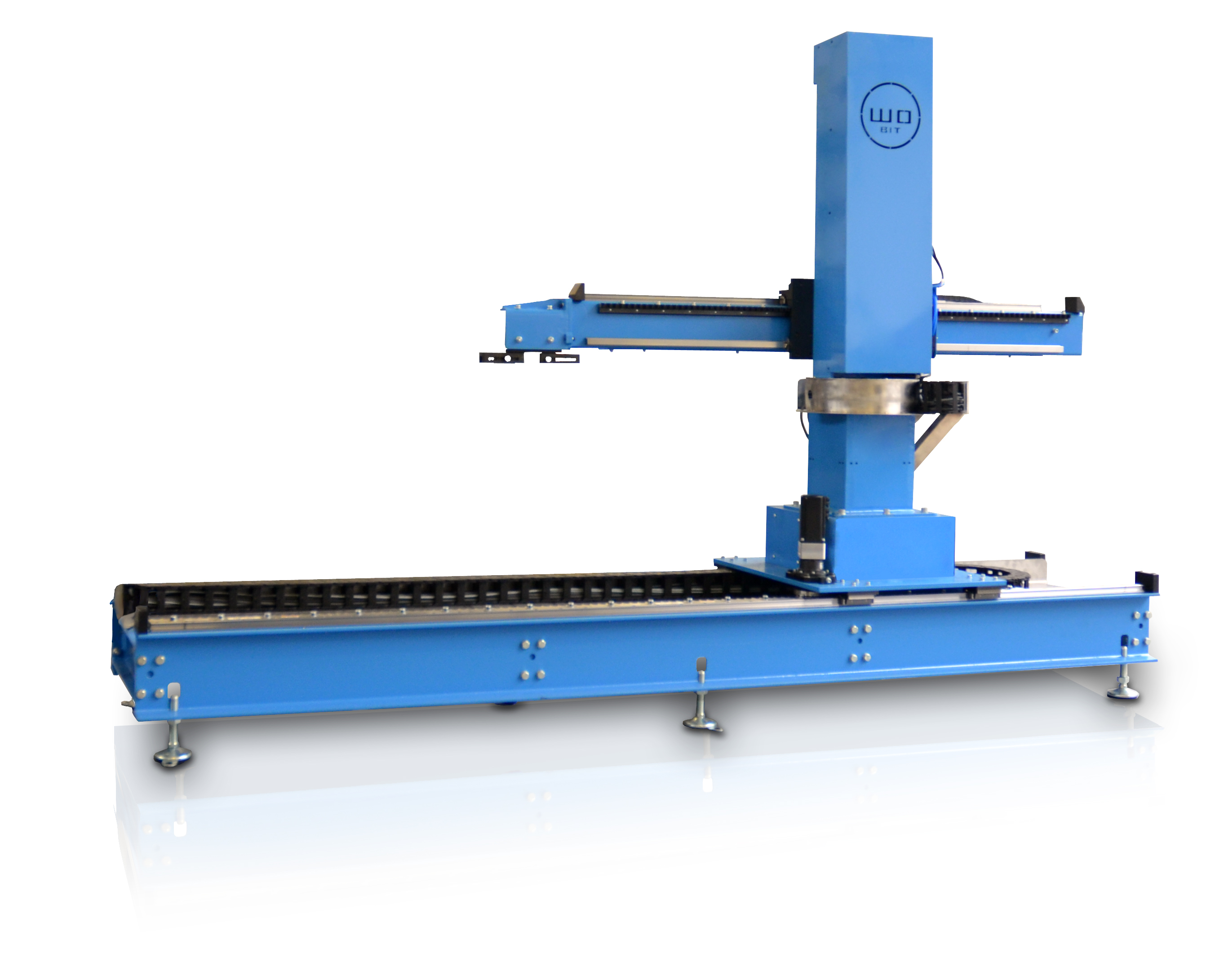 |
The most innovative robot family are MOBOT®AGV self-propelled prime movers, servicing for automatic transport of goods between designated points. They select people to carry heavy loads, they are easy to implement and control, thanks to which they are a dream helper in a modern factory.
Epilogue
We do not know the end of this story, but its development indicates that a lot will happen. It may also be a place for you - Dear Reader? You can do the first step today - contact us to find out more Polish industrial works .

